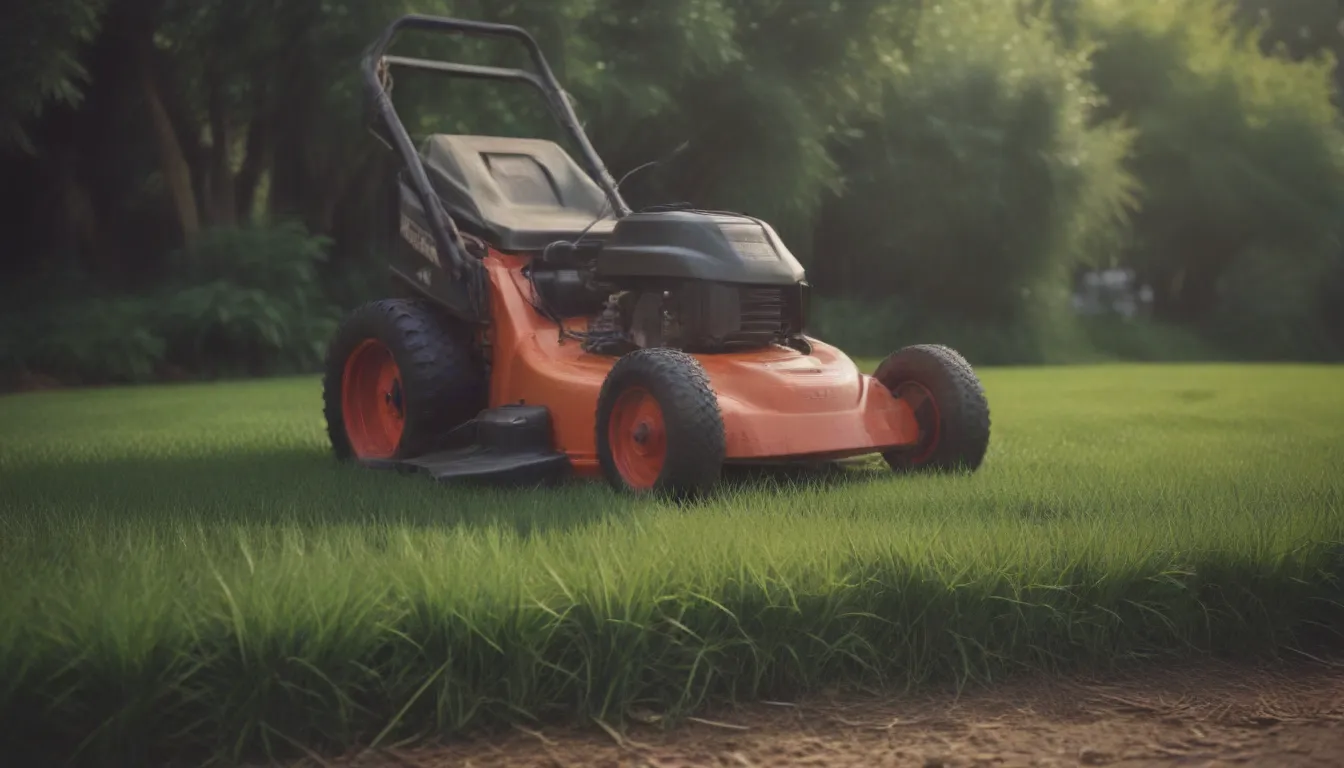The Importance of Grass Cutting Height: Maintaining a Healthy Lawn

Taking care of your lawn involves more than just watering and weeding – the height at which you mow your grass can make a significant impact on its overall health. Cutting your grass too short can damage the lawn, affecting the root system and overall growth. To ensure you’re properly caring for your lawn, it’s essential to understand the optimal cutting heights for different types of grasses and how they vary throughout the seasons.
Grass Cutting Height Chart: Understanding Cool-Season vs. Warm-Season Grasses
When it comes to cutting your grass, it’s crucial to consider whether you have cool-season or warm-season grass. Cool-season grasses, such as fine and tall fescue grass, Kentucky bluegrass, and perennial ryegrass, should typically be cut to about 3 to 4 inches high. On the other hand, warm-season grasses like Bermuda grass, St. Augustine grass, centipede grass, and zoysia grass, should be cut to about 2 to 2 ½ inches high.
Remember, never mow more than half of the lawn’s total height. Cutting too much removes the leaf surface where the plant can photosynthesize, weakening the root system. To maintain a healthy lawn, it’s important to follow these guidelines and avoid over-cutting.
Tips for Repairing Bare Grass Patches
If you notice bare patches in your lawn, it’s essential to address them promptly to prevent damage to the grass roots. For cool-season grasses, plant grass seed in late summer or fall to repair bald spots. For warm-season grasses, tackle patches in late spring or early summer. By following these guidelines, you can help your lawn recover and thrive throughout the year.
How to Adjust Cutting Height throughout the Seasons
Proper lawn care involves adjusting your cutting height based on the season and grass type. Here’s a breakdown of how high to cut your grass in each season:
Spring:
- Cool-season grasses: Cut to 3 or 4 inches when the grass reaches about 6 inches tall.
- Warm-season grasses: Cut to 2 or 2 ½ inches when the grass reaches about 4 inches tall.
Spring is a crucial time to mow your lawn, as grass starts growing quickly after the winter season. By cutting the grass slightly shorter at the beginning of the growing season, you can help remove debris and encourage new growth.
Summer:
- Cool-season grasses: Keep them at 3 or 3 ½ inches.
- Warm-season grasses: Maintain a height of 2 or 2 ½ inches.
During the summer months, it’s beneficial to keep your grass slightly taller to prevent weeds, provide shade to the soil, and retain moisture. By adjusting your cutting height accordingly, you can help your lawn withstand the heat and maintain its health.
Fall:
- Cool-season grasses: Mow down to about 2 ½ inches before winter’s first frost.
- Warm-season grasses: Cut to 1 ½ or 2 inches in the fall.
In preparation for winter, it’s essential to find a medium length for your grass to keep it at a reasonable height while protecting the roots. By maintaining the right cutting height in the fall, you can ensure your lawn stays healthy throughout the colder months.
Tricks for Remembering Cutting Measurements
To make it easier to remember the optimal cutting height for your grass, consider these tricks:
– Draw a line across one of your lawn mower tires at 3 2/3 inches above the surface level.
– Mark the line with an arrow to indicate the direction.
– Experiment with different cutting heights and mark the slot on your mower for quick reference.
Remember, the 1 out of 3 rule advises against cutting more than 1/3 of the grass blades at a time. By following this guideline, you can keep your grass healthy without causing damage to its growth. Additionally, avoid the common mistake of cutting your grass too short in the summer – longer blades can help protect the roots from the harsh sun.
Conclusion: Maintaining a Healthy Lawn Year-Round
Proper lawn care involves more than just regular watering and weeding – the height at which you mow your grass plays a significant role in its overall health. By understanding the optimal cutting heights for different grass types and adjusting them throughout the seasons, you can ensure your lawn remains lush and vibrant year-round. With these tips and guidelines in mind, you’ll be well-equipped to care for your lawn and enjoy a beautiful outdoor space for years to come.
Remember, a well-maintained lawn not only enhances the curb appeal of your home but also provides a space for relaxation and enjoyment. By taking the time to properly care for your lawn and follow these guidelines, you can create a lush, healthy landscape that you can be proud of. So, grab your mower, adjust the cutting height accordingly, and watch your lawn thrive with each season!
Remember, proper lawn care can make a significant difference in the health and appearance of your outdoor space. By following these guidelines, you can ensure your lawn remains vibrant and lush throughout the year.





